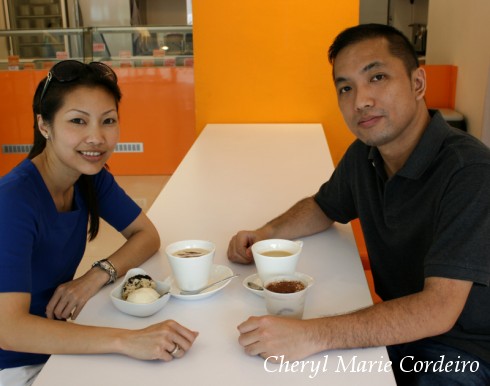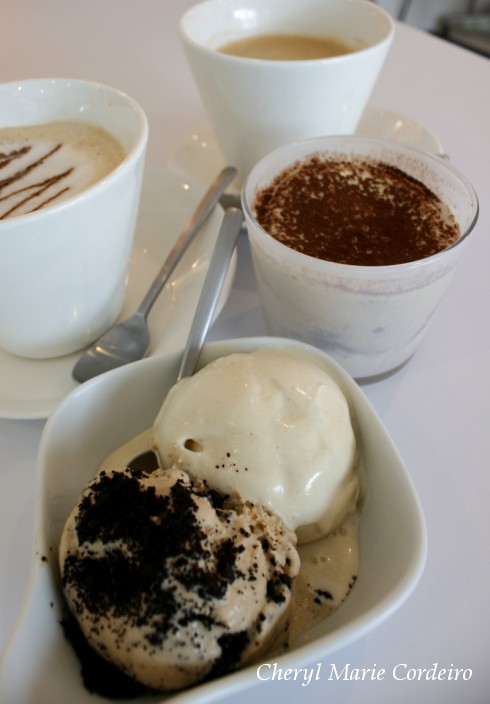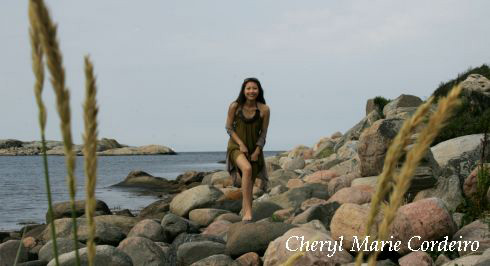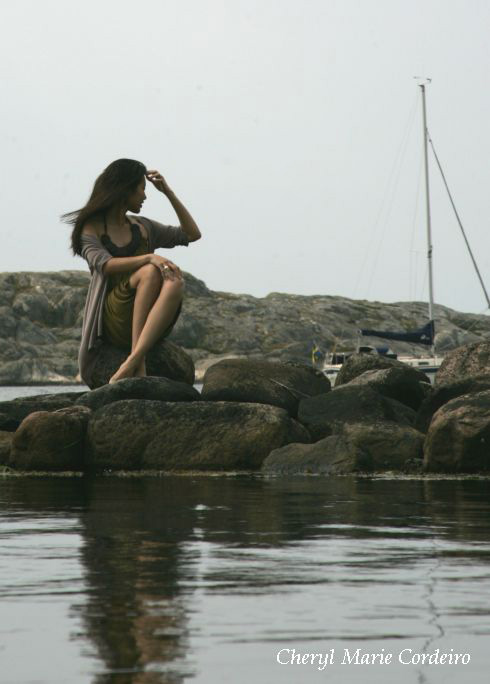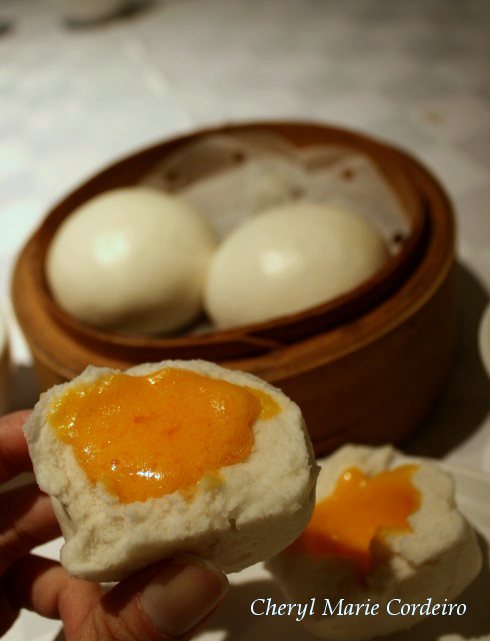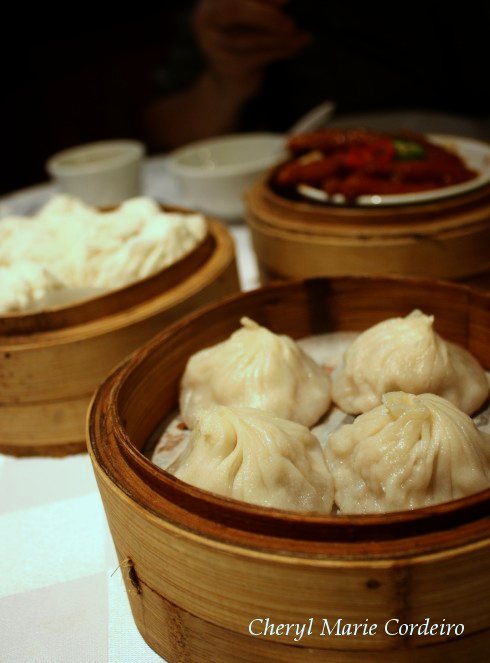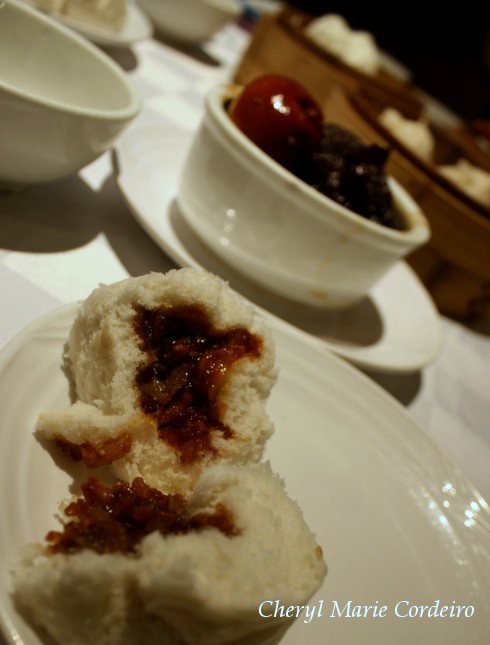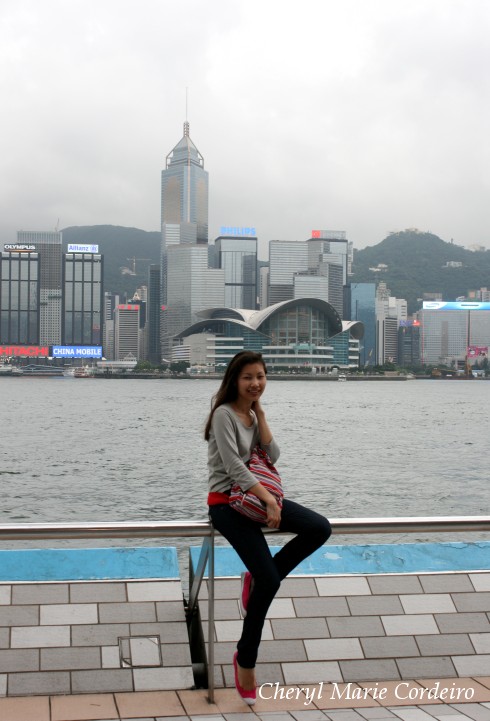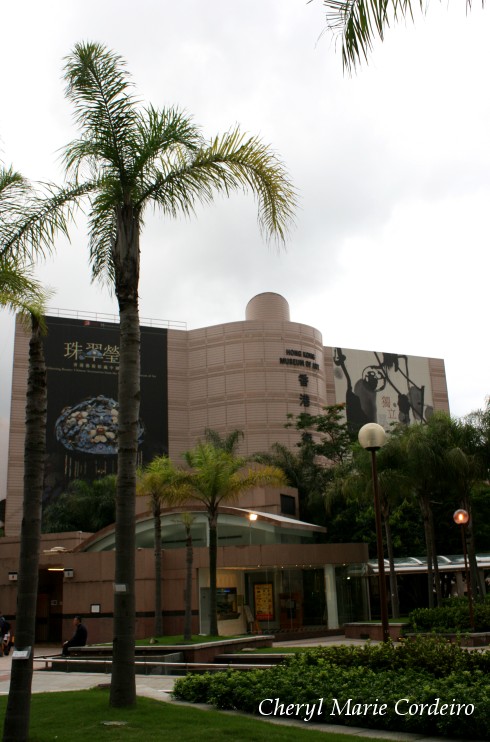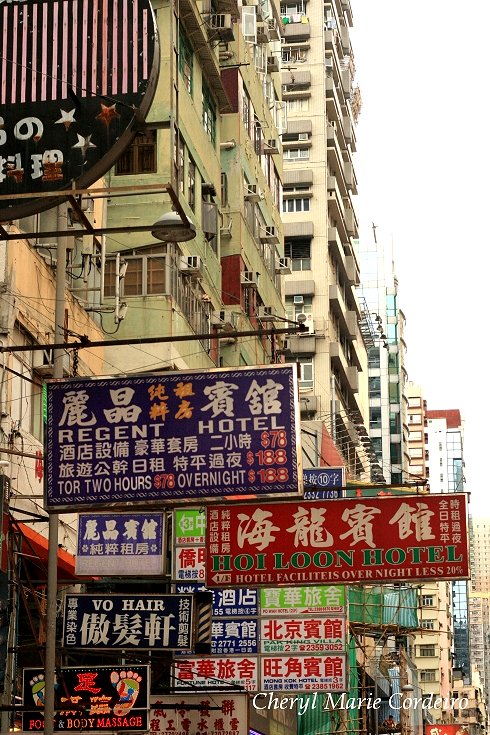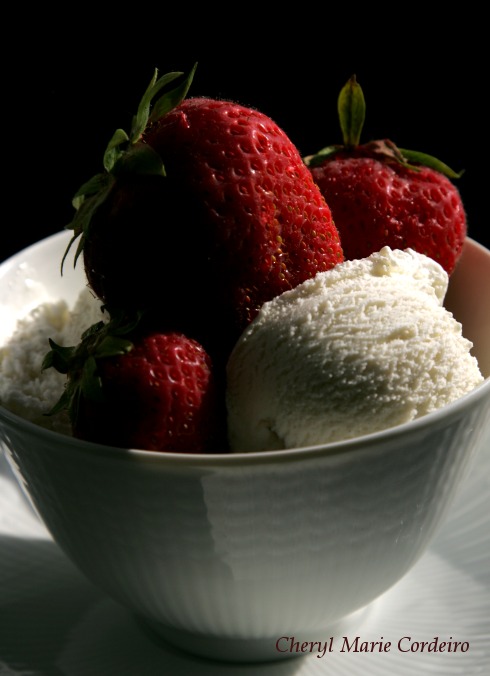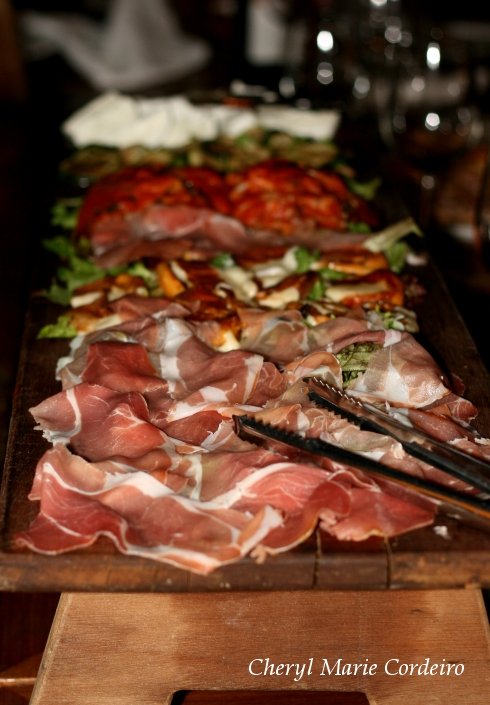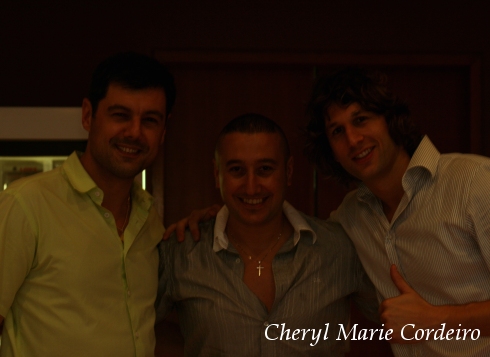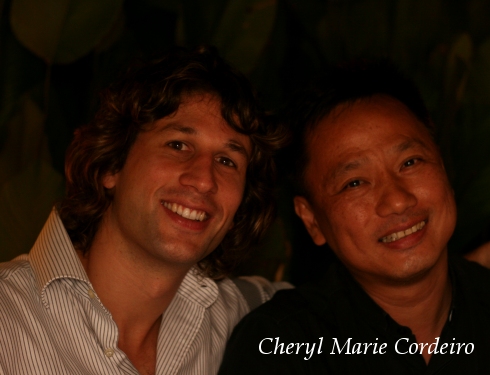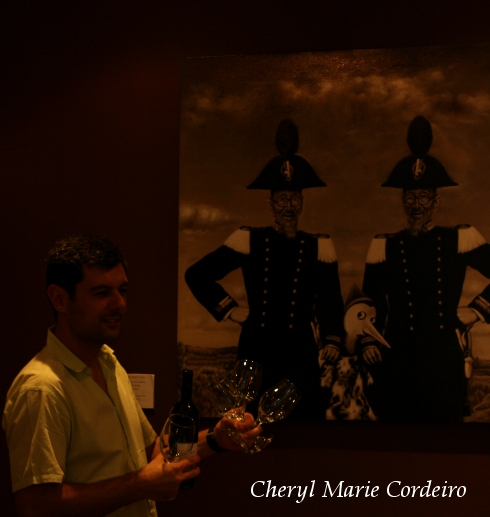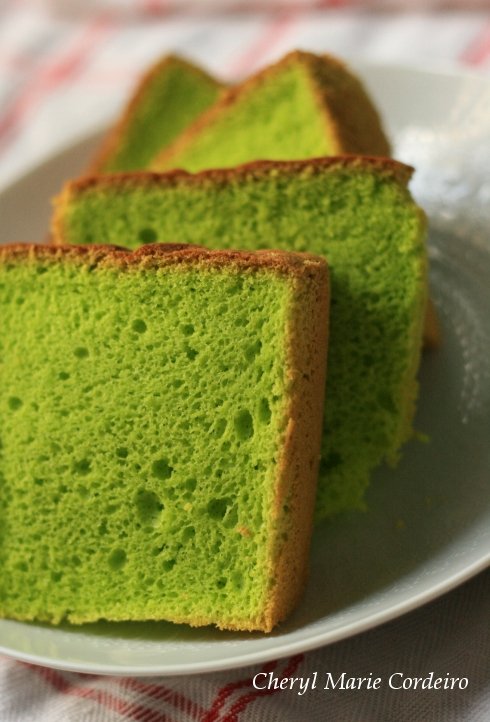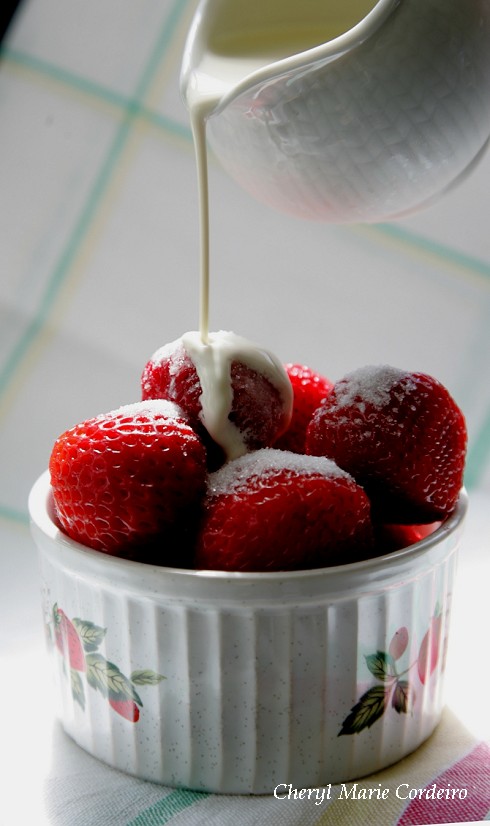
Nothing can bring out the flavours of sun warmed fully ripened strawberries, fresh from the field than sugar and full fat cream.
Photo © J E Nilsson for CMC 2010
Sometimes it occurs to me in these days of sophisticated cooking, when so often, food gets over the top complicated to make, to think back on how our grandmothers did it. They had all the responsibilities of running a large household while hordes of toddlers ran around their feet. Still they managed to cook and offer their families good meals, often delicious and in the process creating culinary traditions that would live for generations. In that spirit I’d like to remind you about the easiest of them all, a Scandinavian summer classic, offering culinary sensations of unsurpassed quality.
No gourmet chef could ever top this – fully ripened strawberries fresh from the field, drizzled with sugar and savoured with full fat cream.
